Over the last decade, oligonucleotides and peptides – collectively known as Tides – have evolved from niche molecules to mainstream players in drug development.
With FDA approvals, booming CDMO pipelines, and innovative delivery platforms hitting the market, it’s no surprise that Tides are one of biotech’s fastest-growing segments. But here’s something less talked about – as Tides have moved closer to clinical and commercial reality, the buyer has changed, and so must your go-to-market strategy.
Let’s break it down.
The Old Guard: Selling to Scientific Leaders
Traditionally, Tides suppliers sold to scientific decision-makers:
- Principal Investigators
- R&D Directors
- Technical Program Leads
These were the people focused on purity, turnaround time, and scientific credibility. Relationship-driven selling and deep technical support won the day. If you could troubleshoot a tricky modification or enable a novel sequence, you were golden.
The New Reality: Procurement is in the Driver’s Seat
Today, a growing portion of peptide and oligonucleotide sales conversations are being led – or heavily influenced – by procurement and strategic sourcing teams. Why? Because the stakes have changed:
- Clinical and commercial-scale production needs supply chain strategy
- GMP requirements bring compliance and audit-readiness to the forefront
- Costs are under pressure as Tides remain premium-priced molecules
- Vendor consolidation and dual sourcing are procurement’s playbook
According to Deloitte’s 2021 Life Sciences Sourcing Report, procurement is now seen as a strategic partner—not just a cost gatekeeper.
The Nuance: Speaking to Both Audiences
The challenge now? Your message needs to land with both scientists and procurement pros. Here’s how they think differently:
| Perspective | Scientific Leaders | Procurement Buyers |
|---|---|---|
| Focus | Innovation, sequence success | Cost, compliance, scalability |
| Language | Technical, experimental | Commercial, risk-based |
| Pain Points | Complex modifications, purity, data quality | Supply delays, pricing, vendor risk |
| Metrics | Data reliability, success rates | TCO, delivery timelines, audit scores |
If your sales deck only highlights oligo synthesis chemistries—but not your ISO certifications, batch traceability, or delivery KPIs—you’re missing half the room.
Selling Tides in 2025: Key Moves
- Dual Messaging Strategy
Publish both white papers for researchers and procurement playbooks. Highlight long-term value, cost predictability, and regulatory readiness. - Sales Enablement 2.0
Train reps to walk the line between technical discussion and procurement negotiation. Not everyone cares about your 5’ phosphate—some care about freight optimization. - Digital Tools = Trust
Procurement loves dashboards, supplier portals, and self-serve compliance documents. Make it easy to work with you. - Position as a Strategic Partner
Especially for CDMOs: help your customers plan for scalability and redundancy early. Be the vendor they want in their QBR.
Innovation Has a New Buyer
With breakthroughs like Inclisiran, Givlaari, and the ongoing siRNA boom, oligonucleotides and peptides are no longer preclinical experiments—they’re clinical assets. And as supply chain reliability becomes a competitive advantage, procurement is stepping up as a power buyer.
Whether you’re supplying raw materials, offering CDMO services, or innovating in delivery technologies, the message is clear: To win in the Tides market today, you need to speak to the bench and the boardroom.

